Lungshan Temple: A Journey Through History, Architecture, and Faith
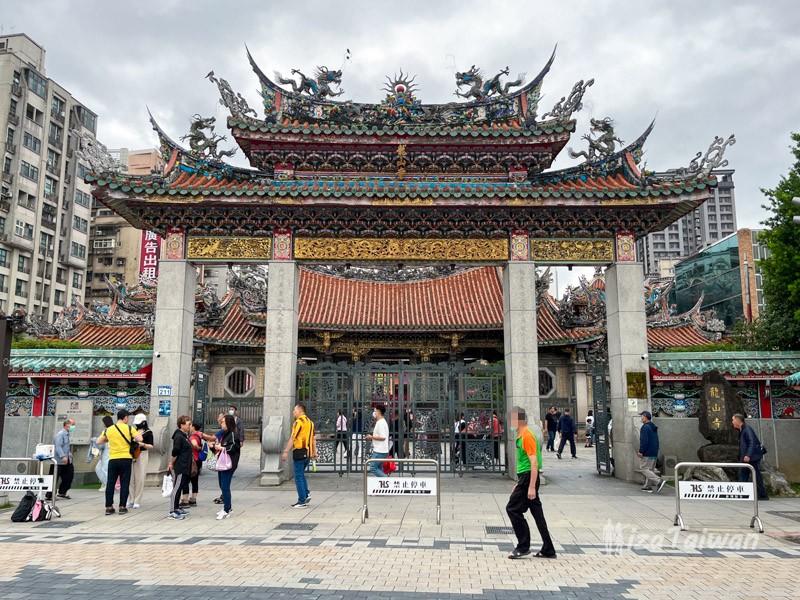
Wanhua Dist., Taipei City
Sightseeing
Lungshan Temple, officially known as Mengjia Lungshan Temple, was designated as a second-class historical site by the Ministry of the Interior in 1985 and upgraded to a national historical site by the Ministry of Culture in 2018. It is not only one of the oldest temples in Taipei but also an important cultural asset of Taiwan. Located on Guangzhou Street in Taipei's Wanhua District, it has witnessed Taipei's historical changes and carries the faith and prayers of countless believers. It is also a representative of Taiwan's religious culture and architectural art.

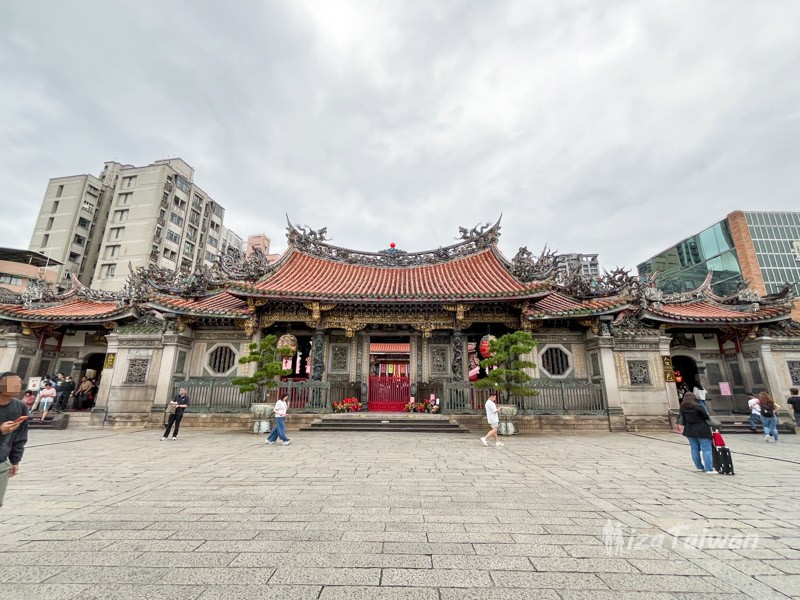
Lungshan Temple was founded in 1738 during the Qing Dynasty by immigrants from Quanzhou who pooled their resources to build it. It mainly enshrines Guanshiyin Bodhisattva (Avalokiteśvara). The origin of the temple dates back to the belief that incense pouches of Guanyin, brought by immigrants, were considered to be efficacious, leading to the proposal to build the temple.
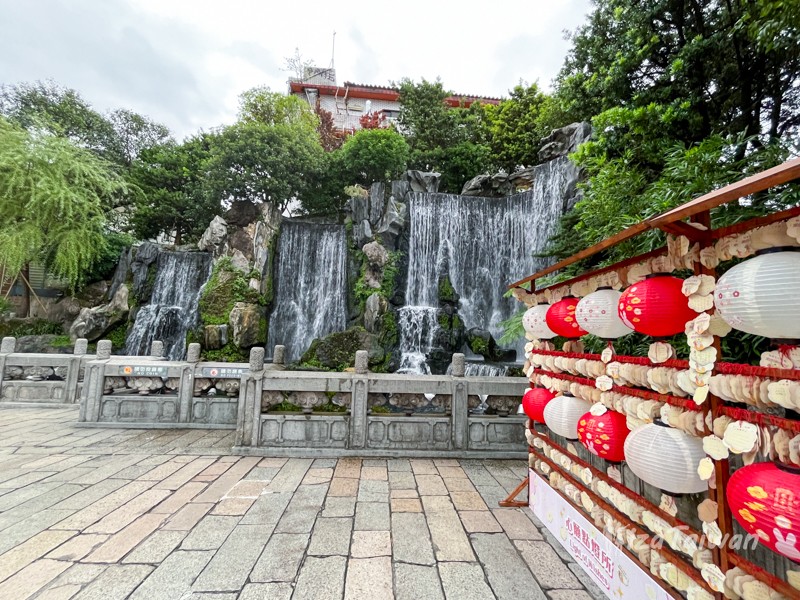
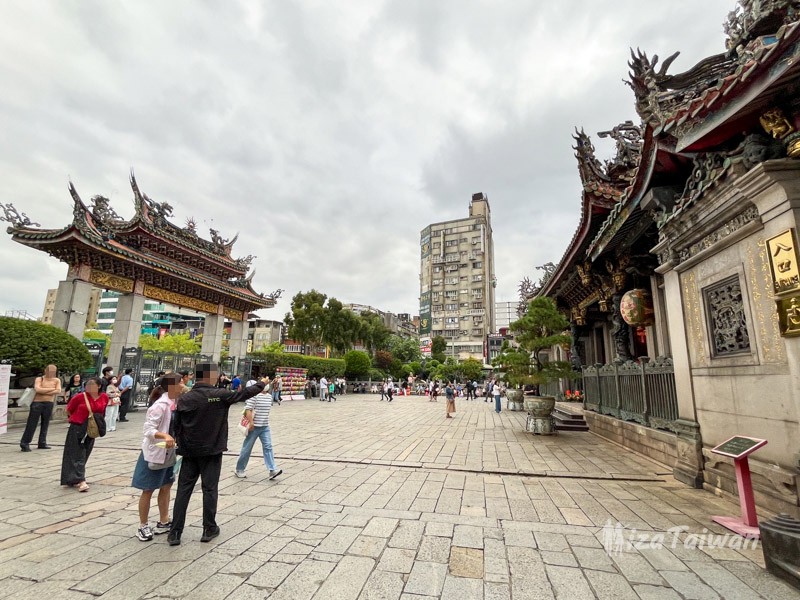

It has been damaged by several natural disasters and man-made calamities (such as earthquakes and wars), but it has been carefully restored each time, preserving the ornate style of traditional temples. It is not only a religious site but also a center for social activities. In the past, Lungshan Temple was a place for people in the Mengjia area to gather and discuss matters, and it even provided shelter in times of emergency. Today, Lungshan Temple is still an important venue for many groups and organizations to hold events, continuing to play a social function.
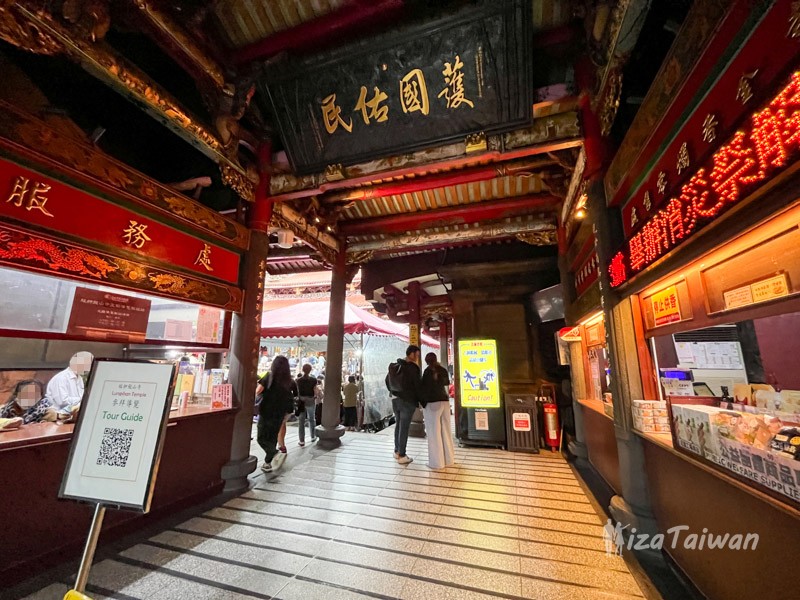
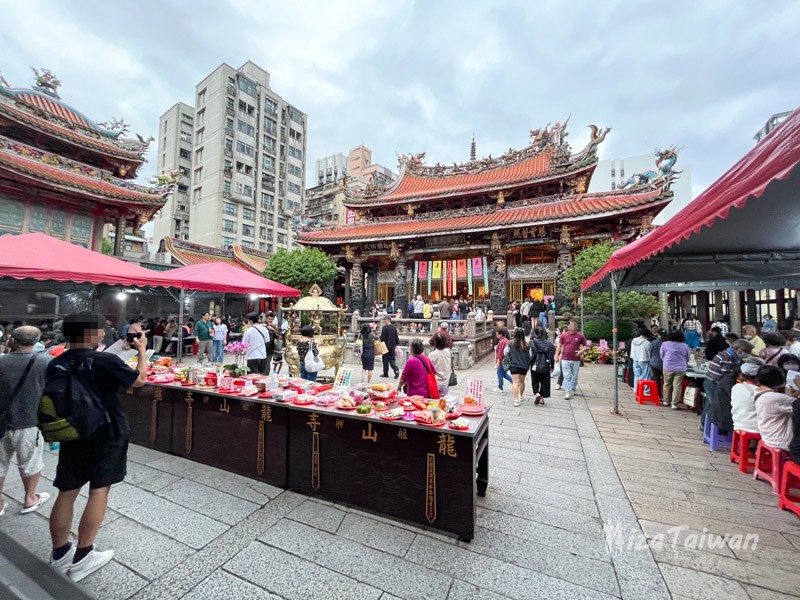
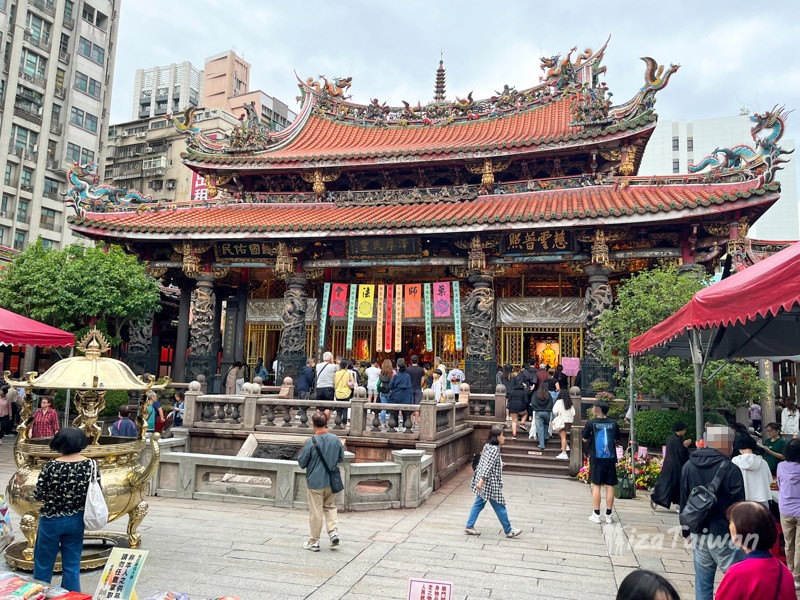

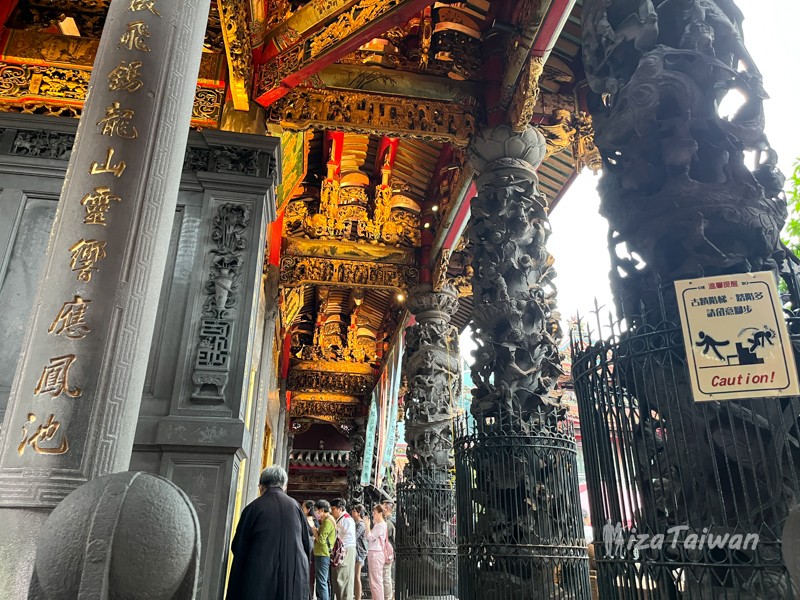
The architectural style is a north-facing, south-facing, courtyard-style structure comprising the front hall, main hall, rear hall, and left and right side halls. The front hall features Taiwan's only bronze dragon pillars, while the main hall and rear hall both have hip-and-gable roofs. The caissons and stone carvings inside the temple are exquisite, blending cut-and-paste porcelain and Koji pottery art, displaying brilliant colors and highlighting the essence of Taiwanese temple craftsmanship.
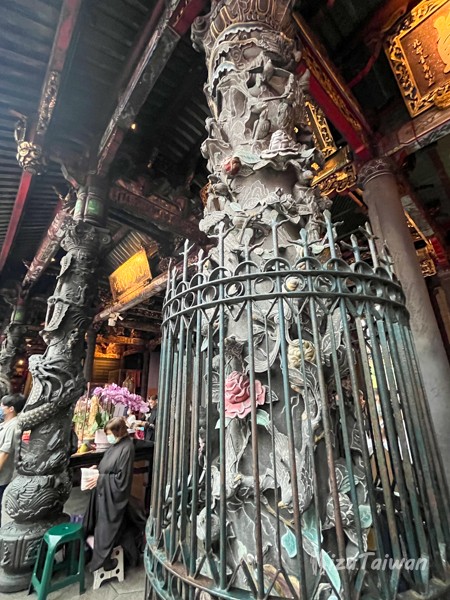
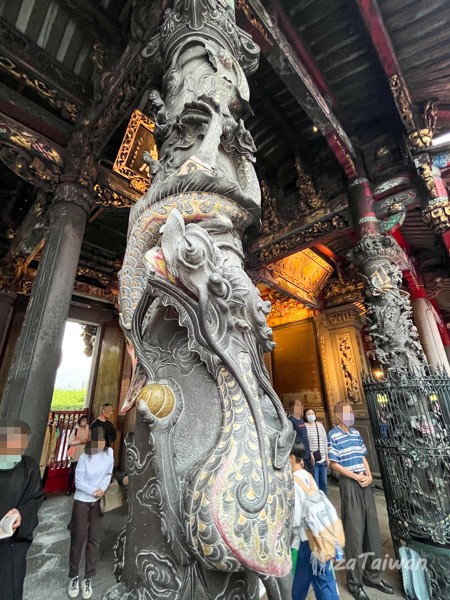
Lungshan Temple's greatest feature is its integration of Buddhism, Taoism, Confucianism, and folk beliefs. It houses a multitude of deities, each responsible for different aspects of life from birth to death. In addition to the main deity, Guanshiyin Bodhisattva, there are also Mazu, Guan Sheng Di Jun, Wenchang Dijun, Yue Lao, Zhusheng Niangniang, and other gods. Each deity has different responsibilities, and you can pray to different deities for blessings according to your needs. For example, you can pray to Guan Sheng Di Jun for career success or to Yue Lao for a happy marriage.
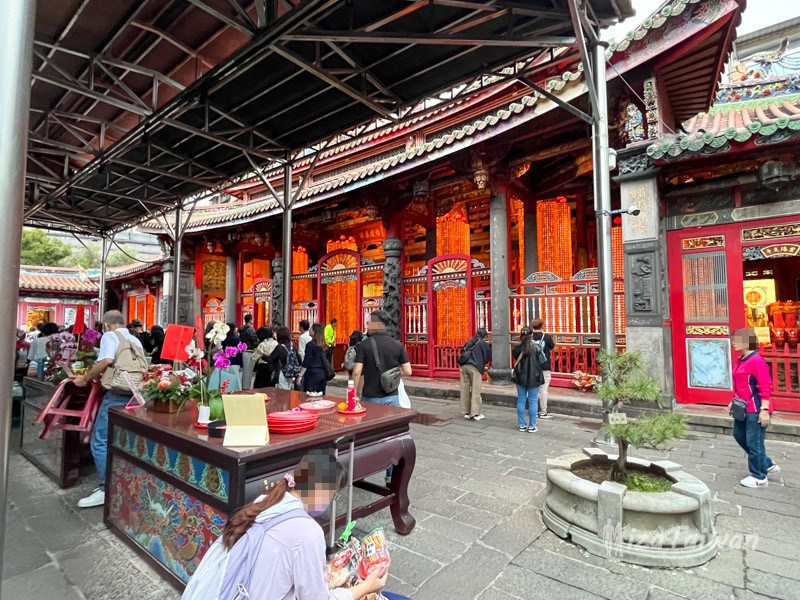
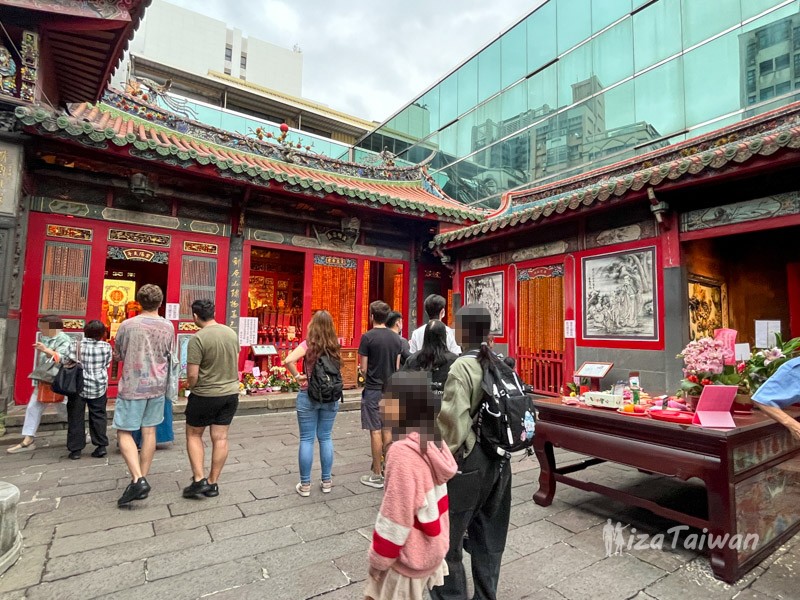
There are certain rules to follow when visiting Lungshan Temple. Generally, you start from the front hall and worship the deities in each hall in order (you cannot go against the worship route). When worshiping, you can prepare offerings such as incense, flowers, and fruits, and pray sincerely. When praying, you must clearly tell the deity your name, date of birth, address, and what you are asking for. In addition, Lungshan Temple also offers divination poems, allowing believers to seek guidance from the gods through drawing lots.
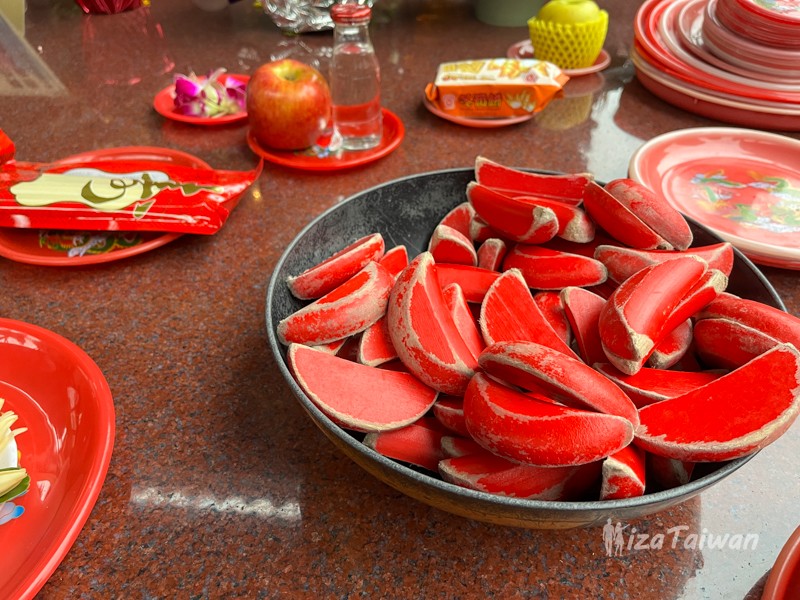
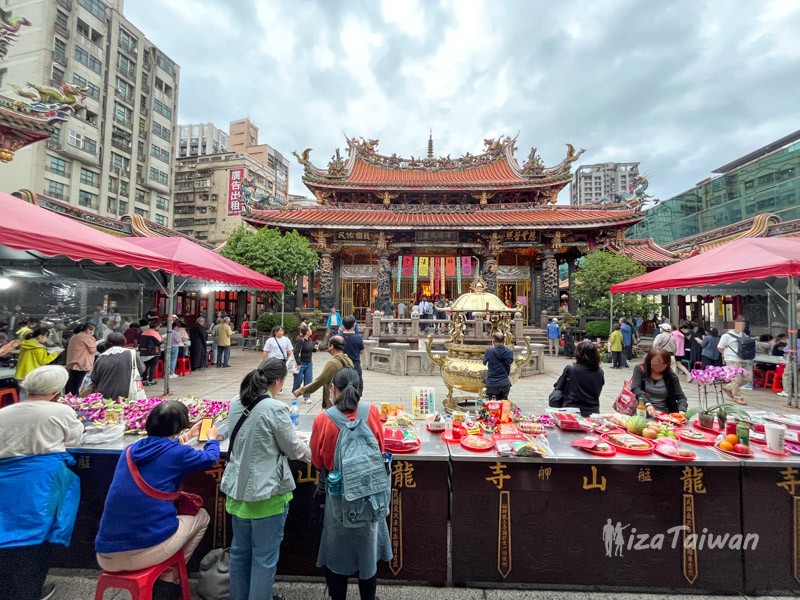

When worshiping, do not step on the threshold of the temple gate (symbolizing the boundary of the gods), and follow the rule of "enter through the Dragon Gate and exit through the Tiger Gate." Pay attention to your attire, avoid wearing slippers, and avoid wearing overly revealing clothing. In addition, women should avoid entering the main hall during menstruation. Inside the temple, be quiet and avoid making noise or playing around. Also, do not touch the statues and offerings casually, to show respect.
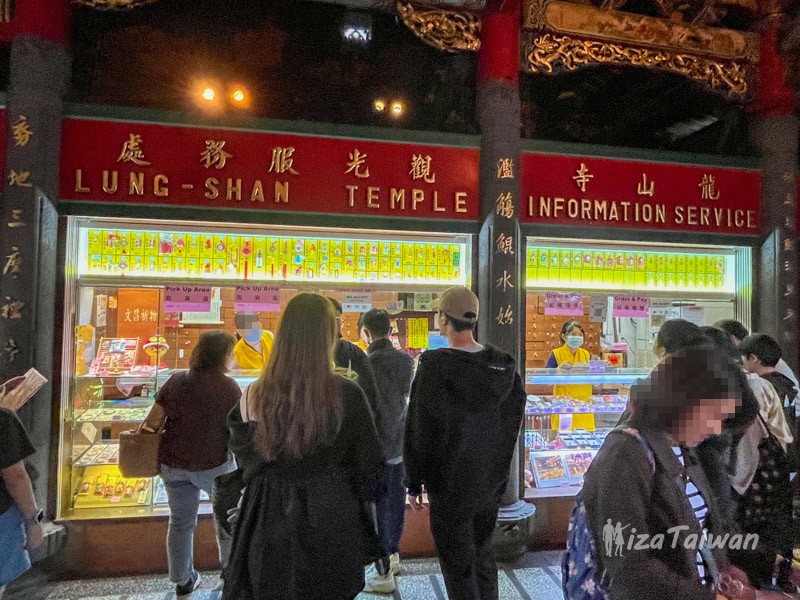
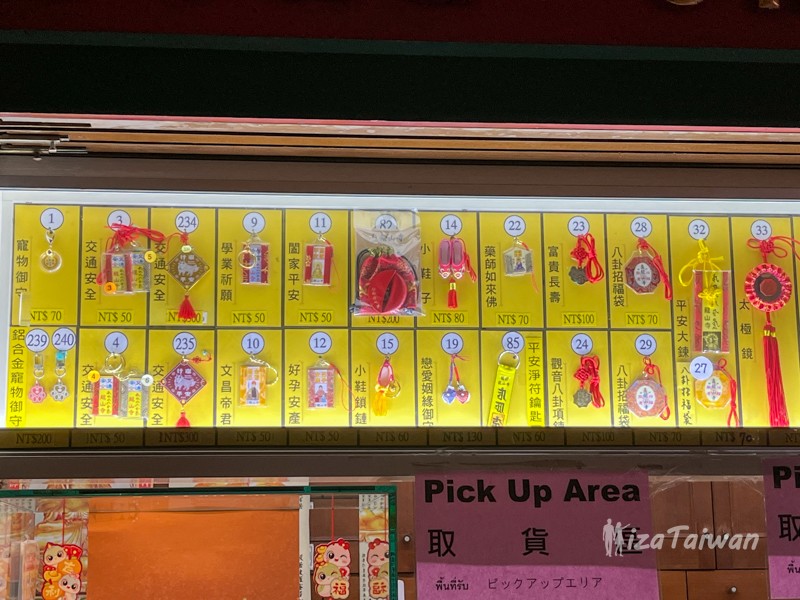
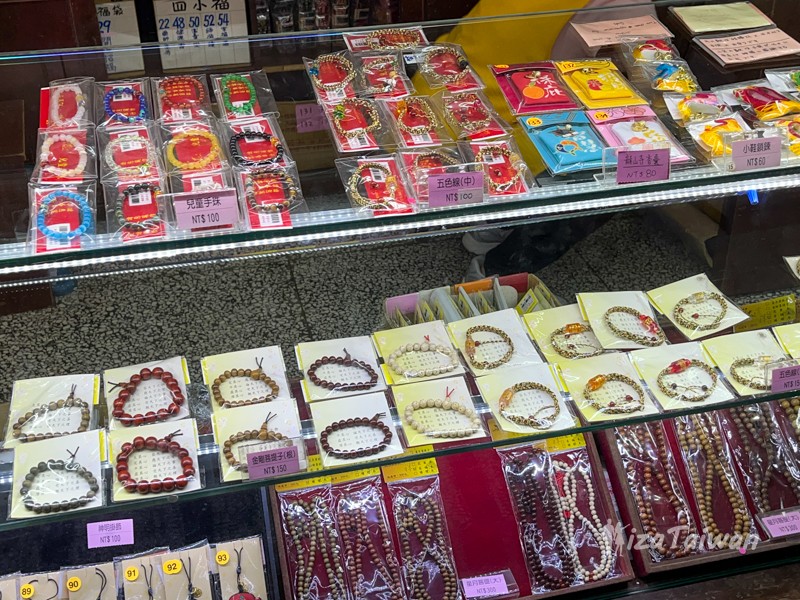
Lungshan Temple is not only a religious site, but also a model of Taiwanese temple culture and ancient architectural art, integrating diverse deity beliefs. It is also a museum full of historical significance and exquisite art, which is well worth visiting and experiencing in person.

Nearby Attractions/Food:
Monga Night Market: A Food Paradise in Taipei's Wanhua District
Bopiliao Historic Block: A Cultural Time Capsule in Taipei
『Lungshan Temple』
Opening hours: Daily 06:00~22:00.
Address: No. 211, Guangzhou Street, Wanhua District, Taipei City.
Published in 2025
